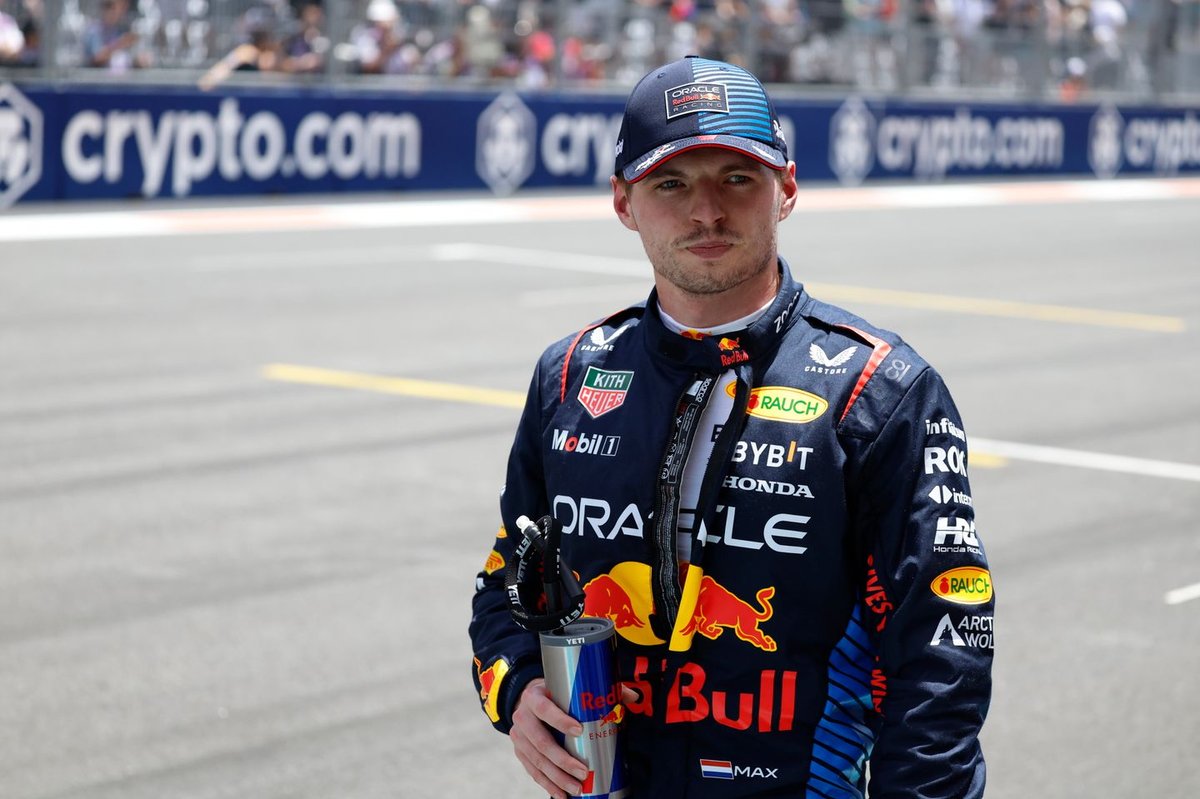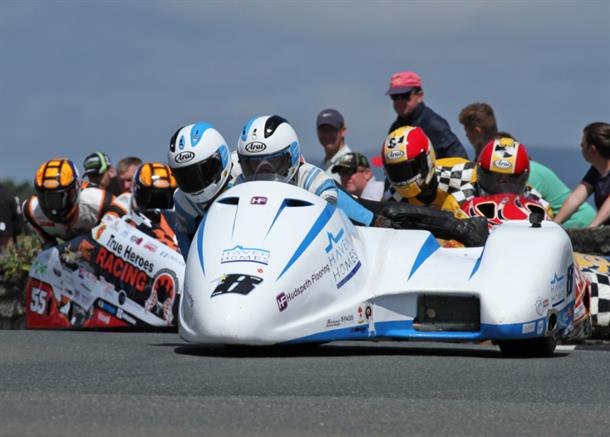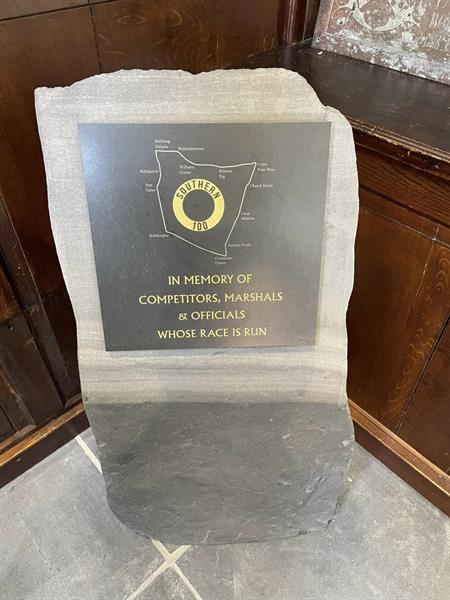Aspiring F1 Drivers Facing Superlicence Hurdle: Experts Weigh In
In the ever-evolving world of Formula 1, the superlicence system has become a focal point of debate among racing enthusiasts. Introduced in 2016, this points-based requirement aims to ensure that drivers competing in the pinnacle of motorsport have the necessary experience and skills.
The FIA, F1’s governing body, implemented the superlicence system in response to the early debut of Max Verstappen, who joined the grid at just 17 years and 166 days old. Drivers now need to accumulate a minimum of 40 points over a three-year period to be eligible for an F1 seat.
However, this ruling has drawn criticism from the Dutch driver himself, who believes the system “doesn’t serve the intended purpose.” Verstappen argues that it can hinder the progression of talented young drivers who may not have had the opportunity to rack up the required points.
“The superlicence system doesn’t serve the intended purpose,” said Max Verstappen.
The recent case of Colton Herta, an IndyCar race winner, further highlighted the system’s complexities. The FIA rejected Red Bull’s request for an exemption, emphasizing the importance of the superlicence criteria.
Now, a new challenge has emerged, as Mercedes junior Andrea Kimi Antonelli seeks an early superlicence before his 18th birthday in August. While Mercedes boss Toto Wolff has played down the speculation, the debate surrounding the system’s flexibility continues.
Ultimately, the superlicence system aims to maintain a high standard of driving proficiency in Formula 1. However, as the sport evolves, experts suggest that the FIA may need to revisit the criteria to ensure it serves its purpose without hindering the advancement of exceptional young talents.
🔗 Source




